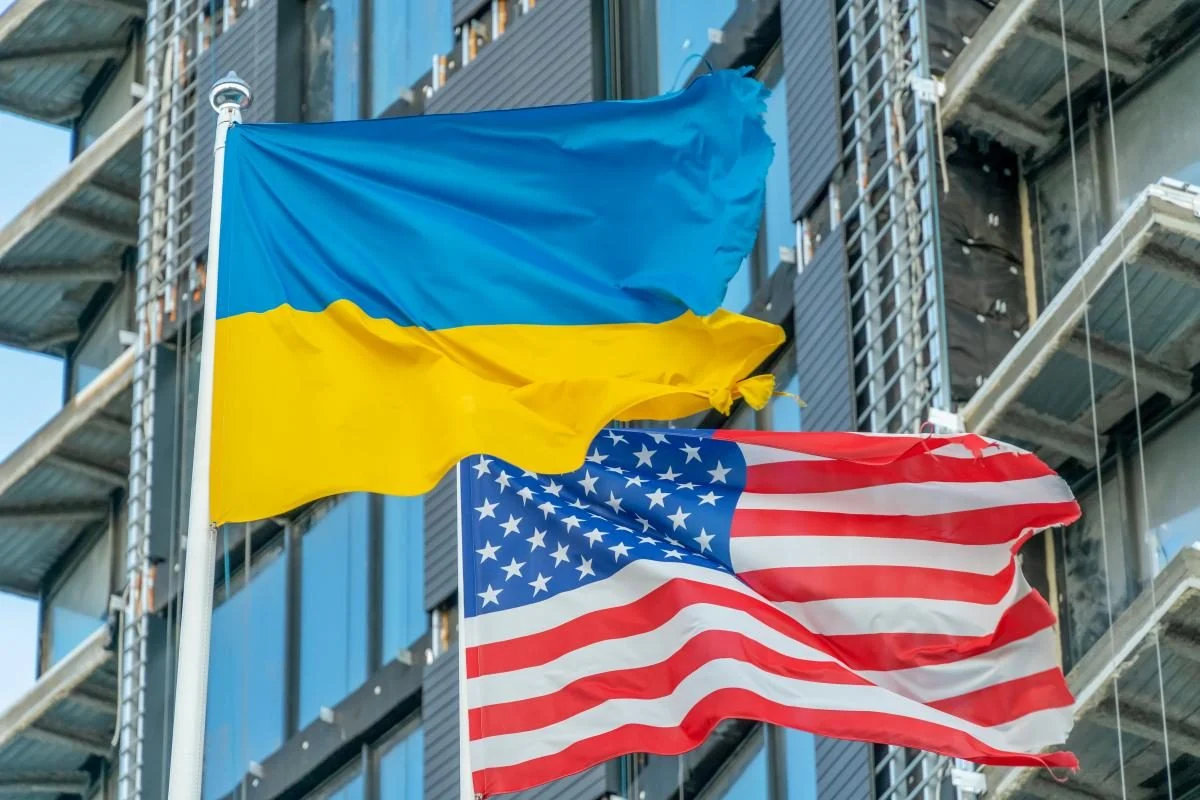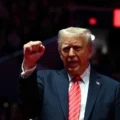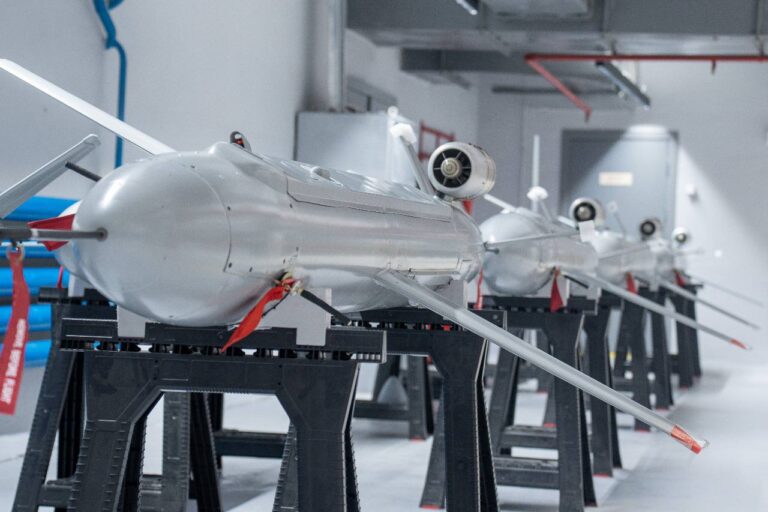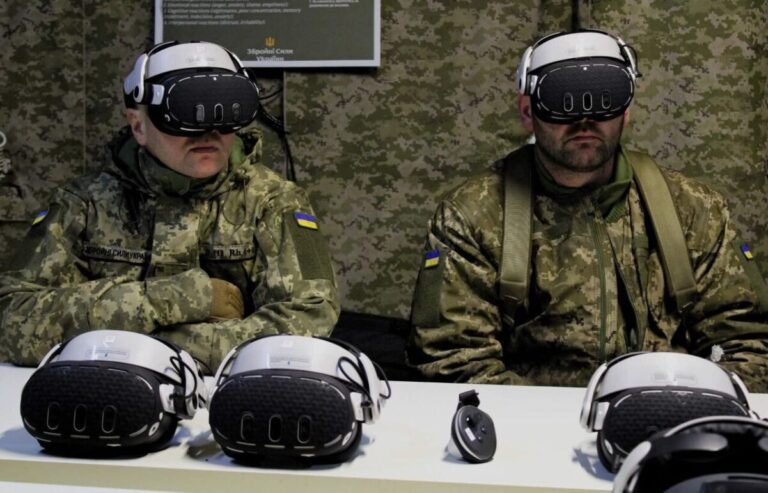
The New U.S. Policy on Russian Assets and Military Aid to Ukraine: What’s Really Happening in Washington
Global media report that U.S. President Donald Trump is considering transferring part of the frozen Russian assets to Ukraine, as well as resuming arms deliveries for the first time during his presidency. For Ukraine, this sounds like a potential breakthrough. But what is really behind these announcements? What steps have already been taken, what remains at the level of diplomatic negotiations, and what is still just political rhetoric?
Russian Assets: Are the U.S. Ready for Real Action?
After the start of Russia’s full-scale invasion of Ukraine in 2022, about $300 billion of Russian assets were frozen in the West. In the United States, according to the Treasury Department, it’s about $5 billion. In June 2024, the issue of their confiscation became a top topic at the G7 summit. However, no decision has been made so far most EU countries, which hold the bulk of the funds, are wary of the legal consequences and possible damage to the global financial system’s credibility.
In July 2025, the idea of confiscation is once again being voiced in Washington. Sources for CBS News and NBC News confirm: the Trump administration is indeed studying the possibility of seizing up to $5 billion and transferring it to Ukraine. A direct quote from a CBS News source:
“The president has the authority to take such action in emergency circumstances. However, no decision has been made yet the issue is still being discussed between the White House and Congress.”
Currently, no official executive order or bill provides for actual confiscation. The main obstacles are not only legal but also the need to maintain balance in relations with European partners, who hold most of the frozen assets.
Defense Aid: What Is Really Changing
Amid new Russian strikes on Ukraine, the White House has come under pressure from Congress and allies to resume military support for Kyiv. As of July, the U.S. president still has about $3.85 billion available under the so-called “Presidential Drawdown Authority” a program for emergency arms transfers to allies.
CBS News reports:
“President Trump is considering a new military aid package for Ukraine. Remaining PDA funds could be used for missiles, air defense systems, and HIMARS ammunition.”
The process is complex and accompanied by debate: part of the administration wants to send a signal to Putin that the U.S. is ready to return to active support, while others urge caution.
The New Mechanism: NATO Pays for American Weapons?
One of Trump’s most resonant statements concerns a new funding formula: supposedly, “NATO pays 100% for American weapons sent to Ukraine.” However, as confirmed by CBS News and Politico, what is being discussed at the Alliance level is rather a model of co-financing.
At the NATO summit in June 2025, there was indeed an agreement to create a single coordination center for supplies and joint financing of large aid packages for Ukraine. But as of this writing, there have been no official statements about NATO fully covering all costs as a mandatory scheme. Moreover, some allied countries oppose automatic funding from NATO’s joint budget.
Tone and Rhetoric: Trump and Putin
Just a few months ago, Trump publicly avoided harsh words against the Kremlin. Now his rhetoric has changed dramatically:
“Putin is killing too many people. So we will send Ukraine some defensive weapons, and I have already approved it,” – Trump was quoted by CBS News after the last government meeting.
Analysts also note this shift:
Charles Kupchan, Council on Foreign Relations:
“Trump has realized that to strike a deal with Ukraine, he must increase pressure on Russia. This means both ramping up arms supplies and toughening sanctions.”
At the same time, experts warn against excessive optimism U.S. policy can quickly change under the influence of Trump’s personal relationships with other leaders or domestic political circumstances.
What Really Changes for Ukraine?
- Military aid packages via the Presidential Drawdown Authority (PDA) are indeed being prepared. These may include missiles for Patriot systems, GMLRS ammunition for HIMARS, and other advanced weaponry.
- There is no massive one-time confiscation of Russian assets the decision remains at the stage of political debate between the White House, Congress, and international partners.
- The “NATO pays for everything” mechanism remains a political slogan, not an official financial instrument.
- The rhetoric of the U.S. administration towards Russia has become much tougher, but the line of conduct remains dynamic and situational.
The Trump administration’s real steps regarding Ukraine support including the possibility of confiscating Russian assets and renewing military aid remain within the scope of political bargaining and diplomatic negotiations for now. Some decisions are genuinely being prepared and this already sends a signal to Moscow.
All this is not a change of course, but an attempt to adapt U.S. policy to the new realities of war. Direct language, new proposals, and tougher assessments all matter. However, final decisions that could change the course of events have yet to be made.
“The president has all the authority for decisive action the issue is one of political will and the ability to agree with allies,“ notes one diplomatic source for Politico.
Ukraine remains at the center of international attention, and every new decision in Washington affects not only the battlefield but also the future architecture of European security.













